
In September 1922, about 1,200,000 refugees in a dire condition arrived to Greece. Having abandoned their homes, they carried with them the few of their belongings. In order to provide immediate shelter, tents and wooden huts as well as any available space, such as camps, warehouses, public buildings and theatres were used.
The rehabilitation of the refugees was a difficult task, undertaken by the independent Committee for the Rehabilitation of Refugees and the Greek state. Thousands of refugees were settled in rural areas of Macedonia and Thrace. But there were also thousands of refugees who settled on the outskirts of Athens and Piraeus in settlements and slums without basic infrastructure.
Even today, a century later, the history of these districts remains alive in memories, in the names of the streets, the architecture of the old houses, in tales and family heirlooms.

Γραμματόσημο, φωτογραφία Νίκαιας / Stamp, photo Nikaia
Honouring their past, the city neighbourhoods of Vyronas, Kaisariani, Nikaia (Kokkinia) – Agios Ioannis Renti and Nea Ionia proposed to ELTA (Hellenic Post Ofiice) the release of a series of stamps entitled “First Urban Refugee Neighbourhoods”. The issue date of the series of four stamps was set for 15 September 2022.
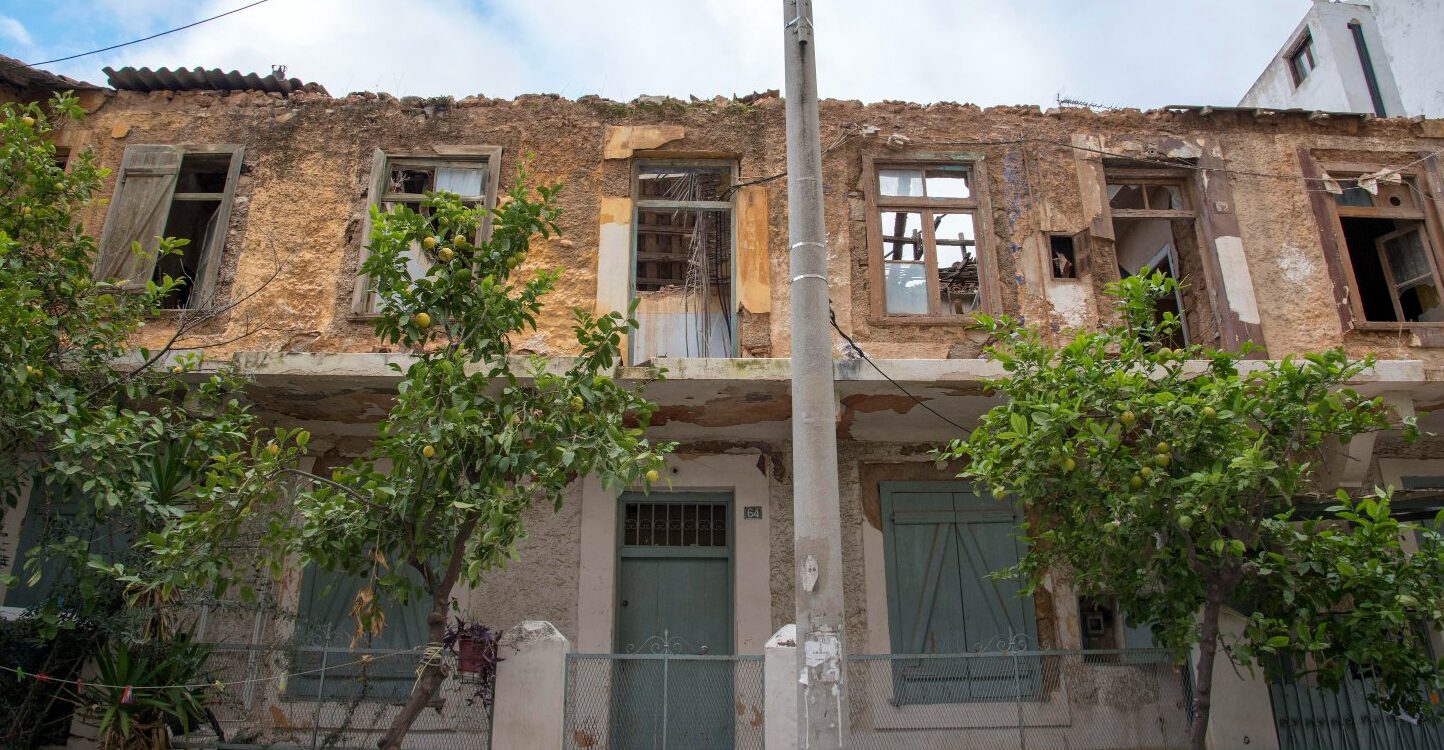
Μουσείο Προσφυγικού Ελληνισμού, Δήμος Νίκαις – Αγ. Ιωάννη Ρέντη / Museum of Refugee Hellenism, Municipality of Nikaia – Ag. Ioanni Rentis
Likewise, in an initiative that honours the character of the neighbourhood, the Municipality of Nice – Ag. Ioannou Rentis proceeded with the upgrading of the internal public spaces that bear the characteristics of the inner courtyard of 23 refugee houses in the historic centre of the district. This move follows the establishment of the Municipality’s Museum of Refugee Hellenism.

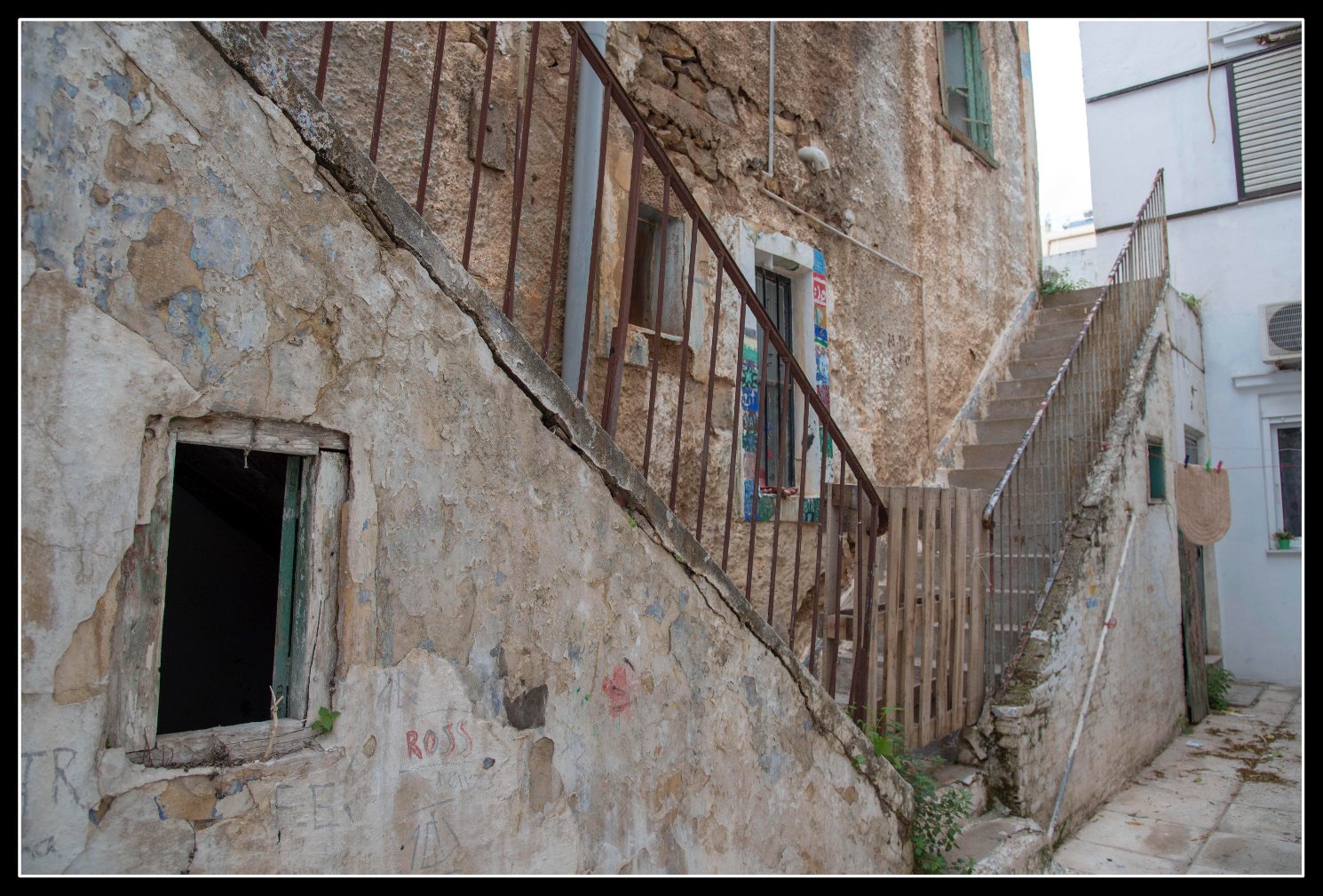
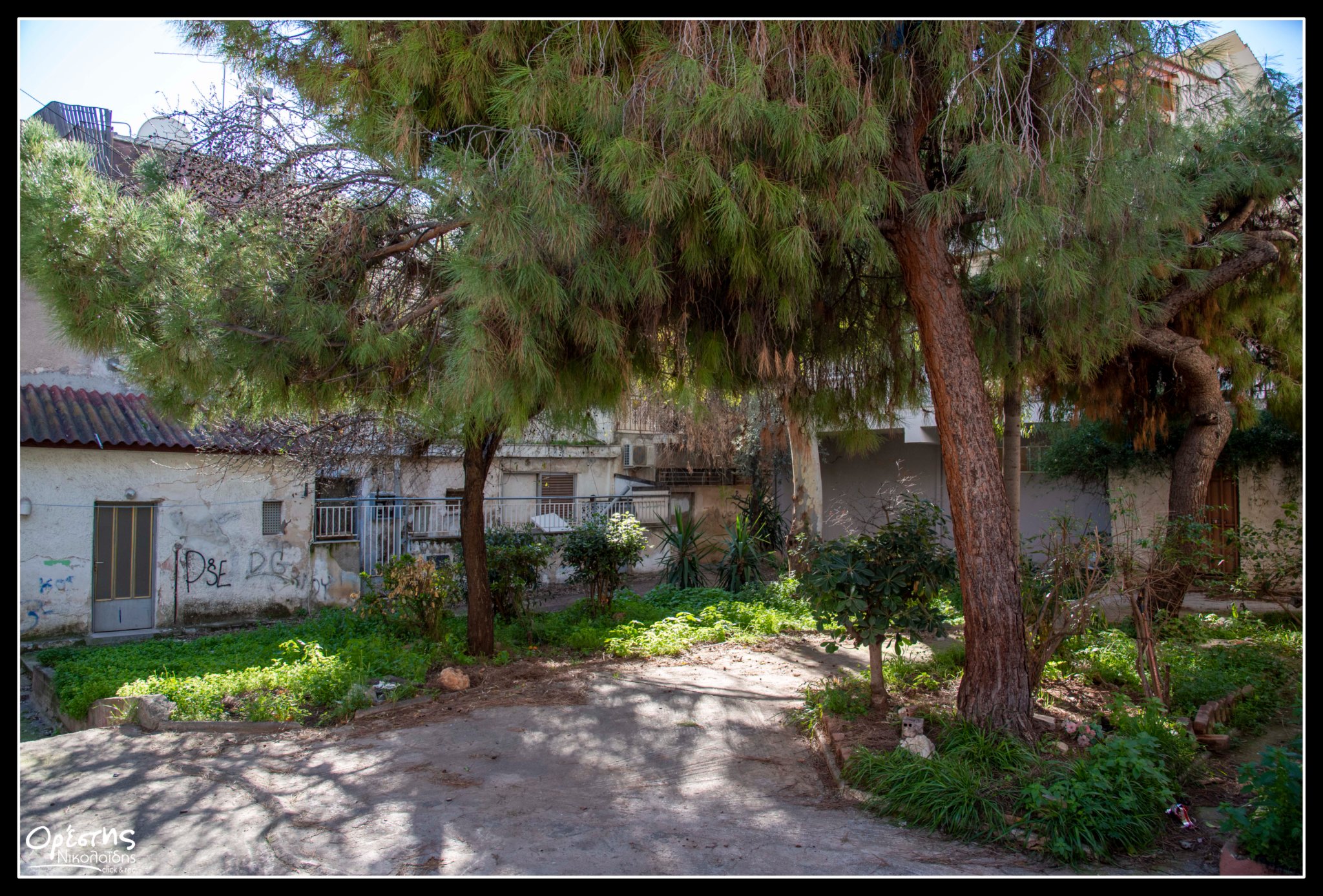
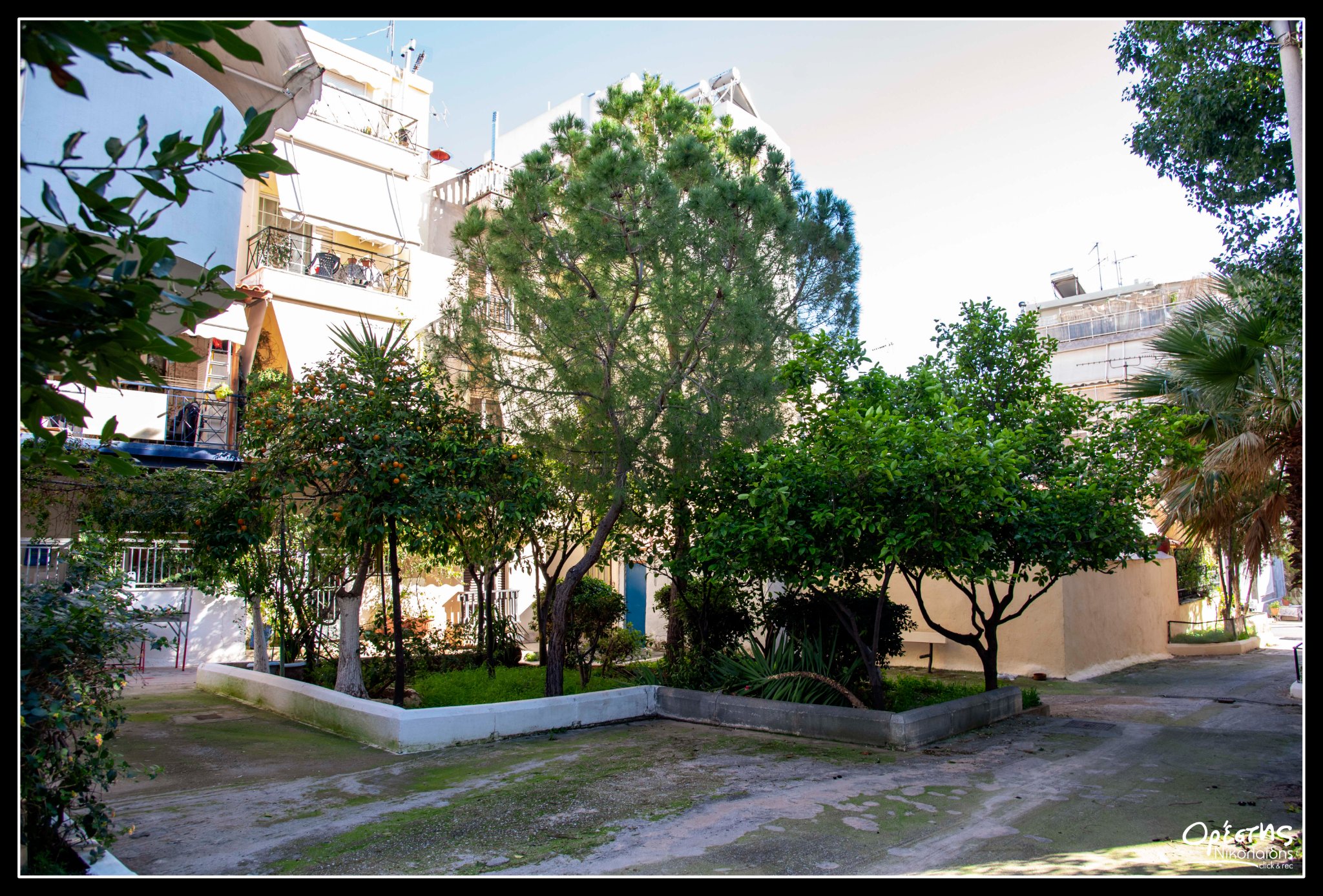

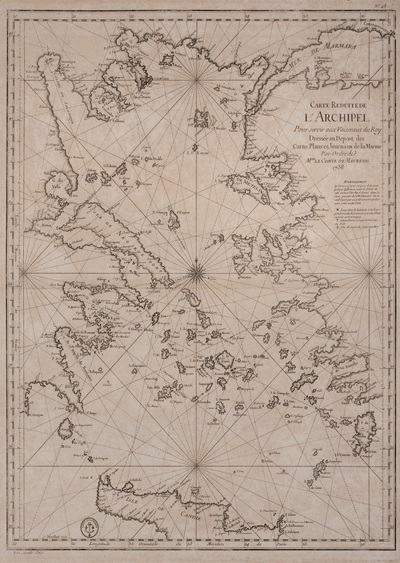

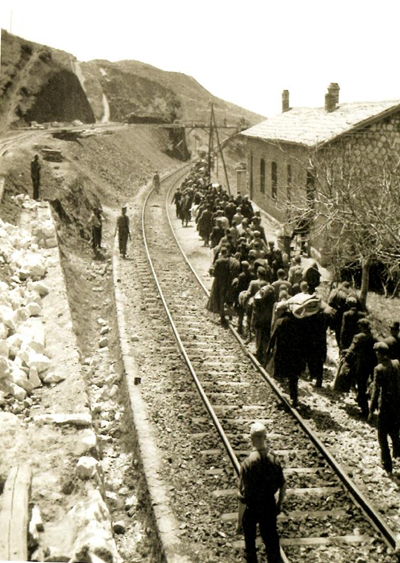
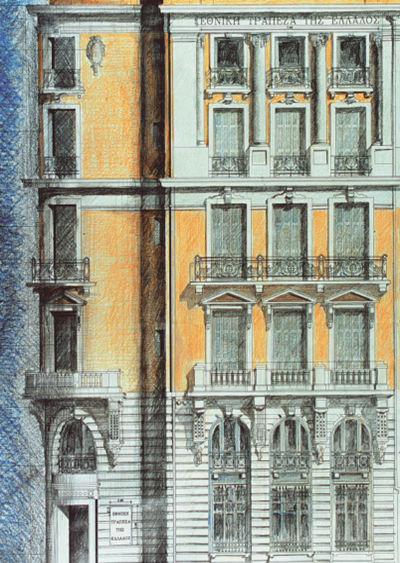


Leave A Comment